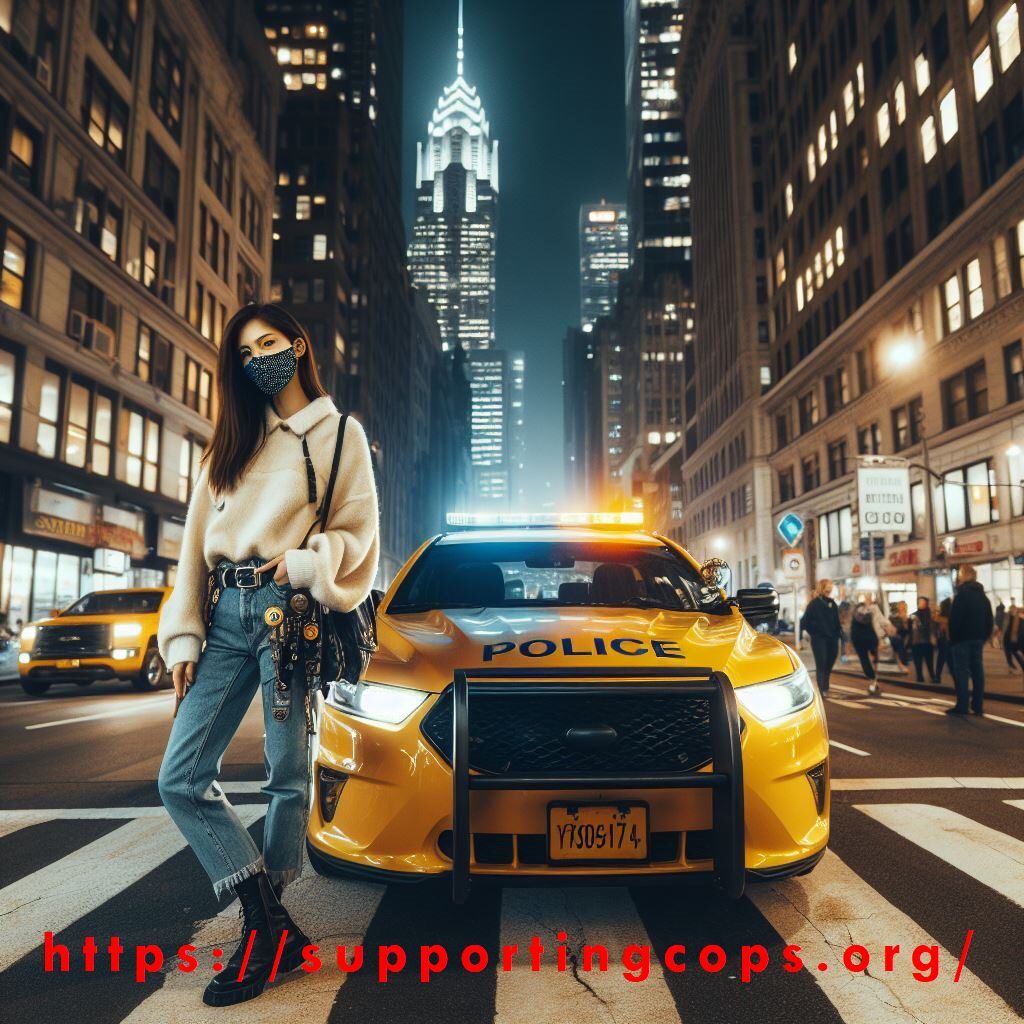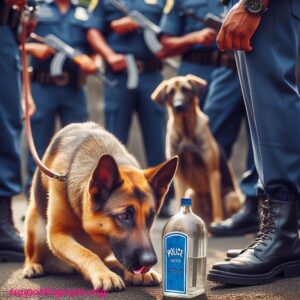What Do Yellow Lights Mean on a Police Car?
Yellow lights on police cars have distinct meanings and play a crucial role in maintaining safety on roads. This article delves into the significance of these amber lights, their various uses, how drivers should respond, and key differences across jurisdictions.
Meanings of Police Car Lights
Police vehicles are equipped with colored lights to communicate messages to the public. The most recognizable are the red and blue lights which signal an emergency situation or a traffic stop. On the other hand, yellow/amber lights convey non-emergency warnings and cautions.
Uses of Yellow Lights on Police Cars
Cautionary Signal
Yellow police lights serve as a caution, warning motorists and pedestrians of potential hazards like debris or disabled cars ahead. They prompt road users to be extra vigilant.
Warning of Hazards
When parked on the roadside with yellow lights on, a police car is indicating the presence of obstacles that require caution from approaching drivers.
Warning Pedestrians
The flashing amber lights also alert pedestrians to dangers on the road and remind them to be careful when crossing.
Traffic Control
Law enforcement leverage yellow lights when managing traffic flow especially during jams, rerouting vehicles, or special events. The lights guide motorists effectively without causing panic.
Directing Drivers
Officers utilize the yellow beacons when directing drivers through congestion or around accident sites and roadblocks.
Managing Congestion
During events that draw huge crowds like concerts or sports matches, yellow police lights provide clear visible signals to drivers stuck in traffic.
Visibility
The amber lights enhance visibility of police cars and officers during darkness or poor weather like fog, allowing other motorists to spot them easily.
Night Driving
Yellow flashing beacons help approaching drivers quickly identify police vehicles parked at night by the roadside.
Bad Weather
Similarly, the lights make law enforcement cars stand out in low visibility conditions caused by fog, smoke or heavy rain.
Slow-Moving Vehicles
Police leveraging yellow lights while driving at slower speeds than regular traffic informs other motorists to be cautious when overtaking.
Conducting Searches
Amber beacons used during grid searches notify drivers that police cars may make unexpected stops.
Surveying Areas
While surveying crime scenes, yellow lights remind drivers to slow down near the parked police vehicles.
Escorting Vehicles
The lights also help safeguard officers escorting oversized vehicles, hazardous materials or protesters by making their presence clear.
How to Respond to Yellow Lights
When you spot a police car with its yellow beacons flashing, follow these steps:
Be Alert
Watch closely for warnings or instructions from the officers at the scene. Look ahead for potential obstructions too.
Slow Down
As the lights signify a need for caution, reduce your speed accordingly to react better to any hazards.
Follow Instructions
Adhere strictly to any hand signals, signs or verbal commands provided by police managing traffic flow.
Give Space
If you are passing a stationary police car with its yellow lights on, switch lanes if possible and leave ample room.
Do Not Panic
Stay calm and focused on driving. Do not panic or attempt sudden maneuvers.
Be Patient
Understand that officers may be resolving incidents so wait patiently instead of sounding your horn or exhibiting road rage.
Differences Between Jurisdictions
Laws governing yellow emergency beacons differ across states, countries and cities. It helps knowing specifics for your locality.
Local Laws and Regulations
Some regions permit all emergency vehicles to utilize yellow lights while others restrict usage to only police cars.
Uses of Colors and Light Patterns
Neighborhing districts could assign alternate hues like white or green to indicate cautions instead of amber yellow lights.
Similarities Between Jurisdictions
Despite variations in legislation, the fundamental objectives are aligned – enhancing road safety via effective communication.
Promoting Road Safety
All jurisdictions leverage police car beacons (irrespective of color) to make roads safer for everyone.
Effective Communication
The lights foster better situational awareness between law enforcement and the public across geographies.
Conclusion
To summarize, yellow lights on police cars aim to promote vigilant driving by relaying prudent warnings. Heeding the signals by staying alert, reducing speed and following officers’ lead fosters collective safety. While specifics may differ across cities, understanding the intent behind the lights is key. Recognizing and reacting appropriately to the amber beacons is our shared duty as conscientious road users.
FAQs
What do yellow lights on a stationary police car indicate?
Yellow beacons on a stationary police vehicle warn approaching drivers of potential hazards like debris ahead. They signal the need to proceed with caution.
Should you slow down when passing a police car with flashing yellow lights?
Yes, flashing amber lights on a police car indicate you should moderately reduce speed when overtaking or passing by. It promotes safer responses to any sudden maneuvers by the cops.
When can you ignore yellow warning lights on a police car?
You should never ignore the cautionary intent behind the amber beacons on a police vehicle. At best, once you pass the concerned area, you may resume regular driving if officers at the scene determine conditions are safe again.
Can ambulances and fire trucks also use yellow flashing lights?
Yes, in certain jurisdictions, besides police vehicles, ambulances and fire trucks may be permitted to activate flashing yellow lights to signal cautions or that they are responding to emergencies.
Is the meaning of a yellow police beacon universal worldwide?
While some specific usages may vary, the fundamental idea of yellow flashing lights on police cars conveying prudence remains consistent across most countries, even if alternate colors may be used in some places to signify the same message.






